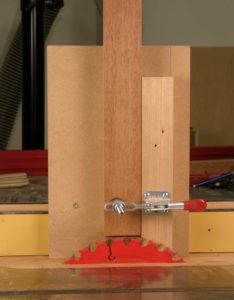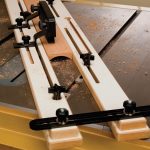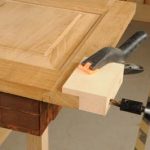A current conversation on WoodCentral led me to dig through some old pictures to discover an example of an excellent jig for cutting tenon cheeks on the table saw. If you’ve ever messed permanently with a jig that flights in the miter slot or winced at the sight of somebody by hand running a slice of wood vertically over the saw blade, this is the jig for you. It is safe and exact and I want I had actually thought about it. I initially saw it in among the very best woodworking books ever composed, “Cabinetmaking & & Millwork” by John Feirer.
It does not take long to make, and the only secret measurement is the leading piece of the upside-down “U”. That requires to be the like the width of the table saw fence, possibly a hair broader so that the jig slides quickly. If the fit is a bit tight wax within the jig. Hold the 3 pieces together with screws so you can take it apart and cut that piece if you require to. The objective is to have it move quickly with no sloppiness.
Make great modifications by moving the fence. Utilize a zero-clearance insert and if you keep the insert fresh you can line up the design lines to the kerf in the insert. Make your cuts so that the waste falls away from the blade.

The piece that holds the work has to do with 8 ″ broad and 10-12 ″ high. The vertical back up piece is likewise hung on with screws. Keep the screws above the blade. If you do not have a hold-down clamp you can utilize an F-style clamp to hold the work. If you utilize this really typically the hold-down clamp accelerates the procedure.
The shoulder cuts were made formerly and are utilized to set the height of the blade. Set the height prior to you set the width by securing a piece in the jig and moving it as much as the within the blade. Raise the blade till a tooth at the leading dead center satisfies the cut line.
The last piece of the jig is the brief piece throughout the top. Usage that to press the jig throughout the blade. After the cut slide the jig back till it is well away from the blade, unclamp the cut piece and turn it end for end to make the next cut. If the tenons are focused you can turn the work over to cut the other cheeks. I typically have actually a minor balanced out to make getting the best density simpler and to keep the faces of the work-oriented properly.

